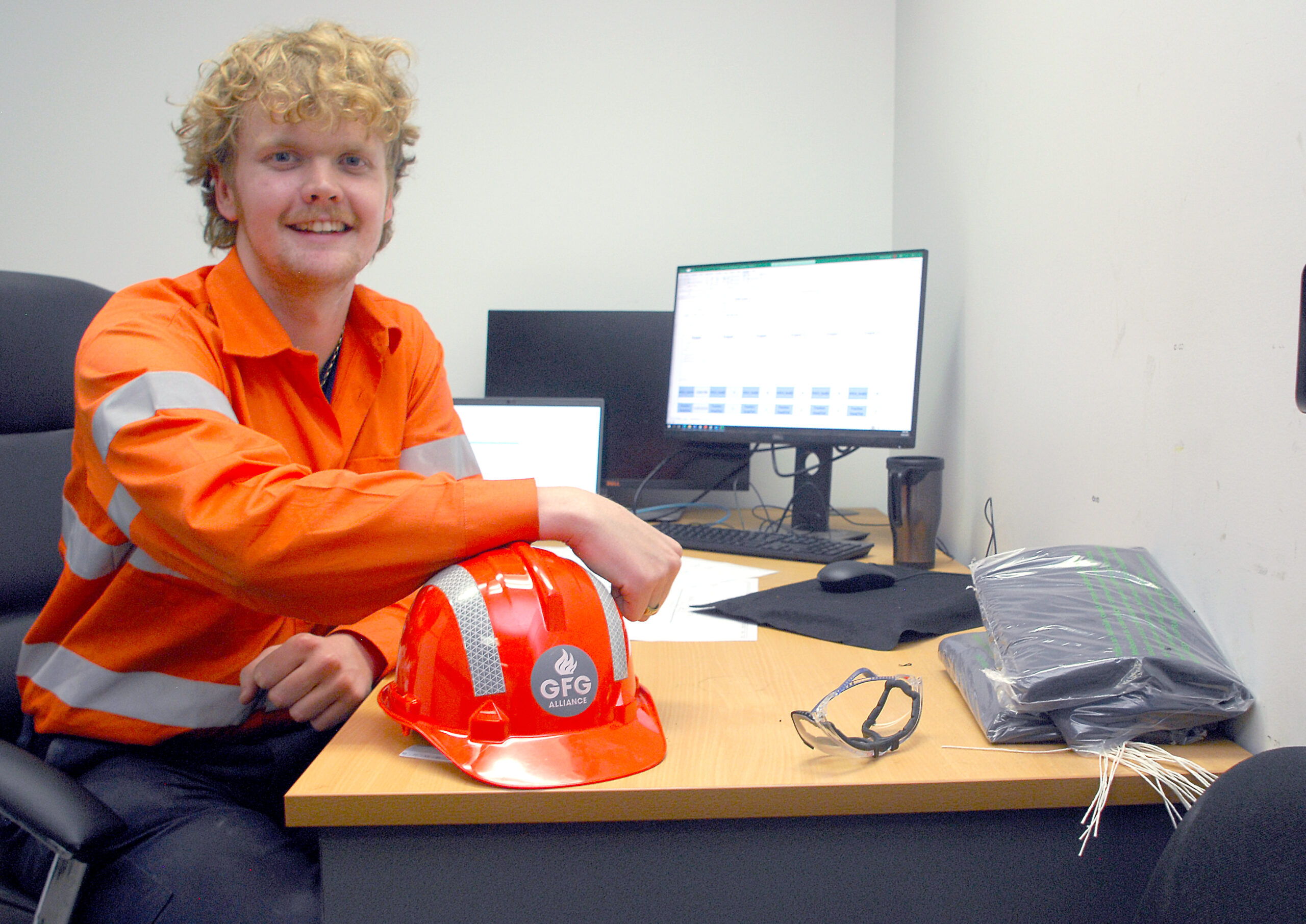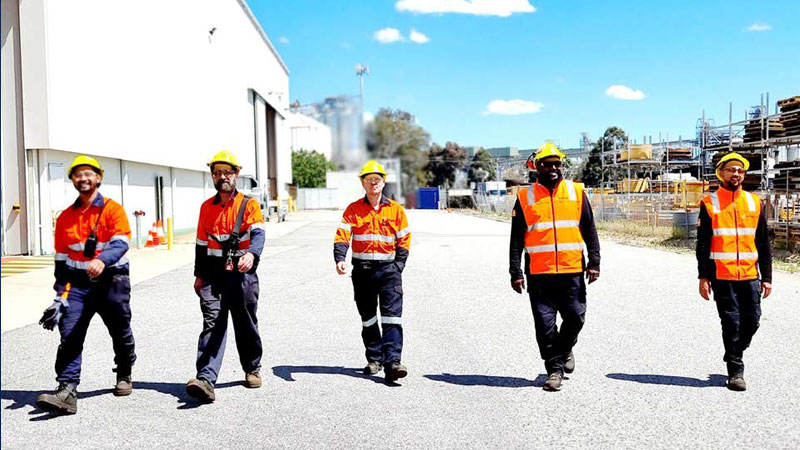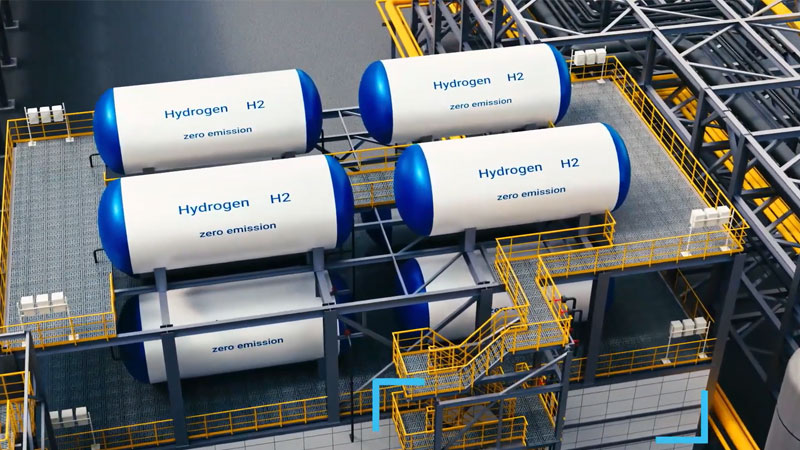High-Quality Magnetite
Historically, hematite was the preferred iron ore due to its direct usability in blast furnaces (BF) for steel production, without beneficiation (value improvement) costs. But with declining hematite ore quality and a shift towards low-carbon technologies such as DRI, the demand for high-quality magnetite ore is at historically high levels.
This demand is driven by magnetite’s low impurities, enabling even higher steel grades, and its lower energy requirements, which reduce end-to-end process emissions due to higher iron concentration, which also reduces waste by-products. Magnetite is increasingly recognised as a critical resource in the green steel process.
We own and operate a 10mtpa iron ore mine in South Australia’s Middleback Ranges located about 60km from our Whyalla steelworks.
These operations include the Iron Baron, Iron Knob, and Iron Duke sites, from which we extract both hematite and high-grade magnetite, which has a mass recovery grading of 33-40% in the ground – magnetite ore grades are typically 16-25%. The processed magnetite consistently yields premium grade concentrate between 65% and 70%, ideal for DRI production. Current estimates based on more than US$20 million of test drilling activity, suggest that our mines have the potential to produce more than 4 billion tonnes of this high-grade magnetite.

We produce 2.2mtpa of magnetite concentrate
Currently, we produce 2.2mtpa of magnetite concentrate for domestic and international markets. We have now started a three-stage Magnetite Expansion Project to leverage our extensive magnetite resources. The project’s first phase aims to increase Whyalla’s magnetite production to 15mtpa for conversion into 10mtpa of green DRI for export and domestic green steel production.

Benefits of Magnetite over Hematite
Magnetite offers several benefits over hematite for steel decarbonisation, making it an increasingly attractive option for high-quality iron ore:
Higher iron content
Magnetite boasts a higher iron content by weight (70-72.4% Fe) than hematite (60-68% Fe), resulting in greater efficiency and cost effectiveness, as less magnetite is needed to produce the same amount of iron.
Lower impurities
Magnetite typically contains fewer impurities, such as phosphorus, sulphur and gangue (silica and alumina), than hematite. This results in cleaner steel production and reduced emissions, making it ideal for DRI and EAF processes. The reduced amount of gangue also limits the fluxes required during steelmaking and the amount of slag generated.
Lower energy requirement
Magnetite processing involves wet grinding, as opposed to hematite’s dry grinding, which produces finer particles and so improves the efficiency of the beneficiation process. The magnetic separation process used with magnetite is also more energy-efficient than gravity separation or flotation, which are employed in hematite processing, and doesn’t require the additional chemicals needed for hematite.

We Attract and Grow Talent
Today’s jobseekers care about a company’s sustainability. Our CN30 ambition helps us attract and retain new talent by prioritising people, planet, and profit. We also focus on employee development and good-quality work environments.
View
Safety
We are committed to maintaining the highest safety standards and building a working environment in which everyone thrives. We have captured some of the highlights of the past year. View our case studies here.
View
LIBERTY Galati GREENSTEEL transformation plan
LIBERTY Steel Group plans to invest in the LIBERTY Galati GREENSTEEL transformation programme over the next eight years. The key element of that programme is installation of two electric arc furnaces, a DRI plant and an integrated MI.DA minimill – with the potential to increase the production up to 4 MTPA.
View